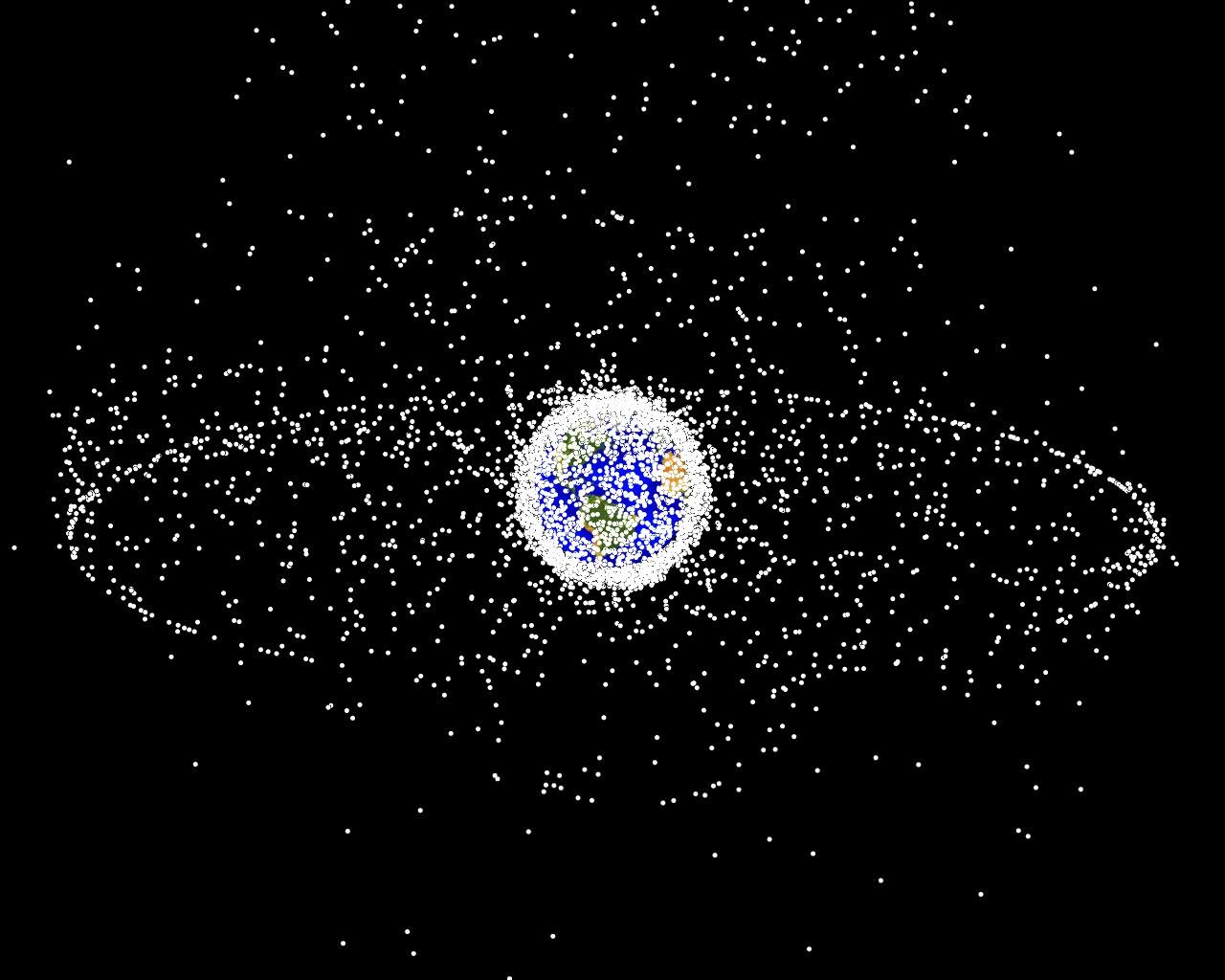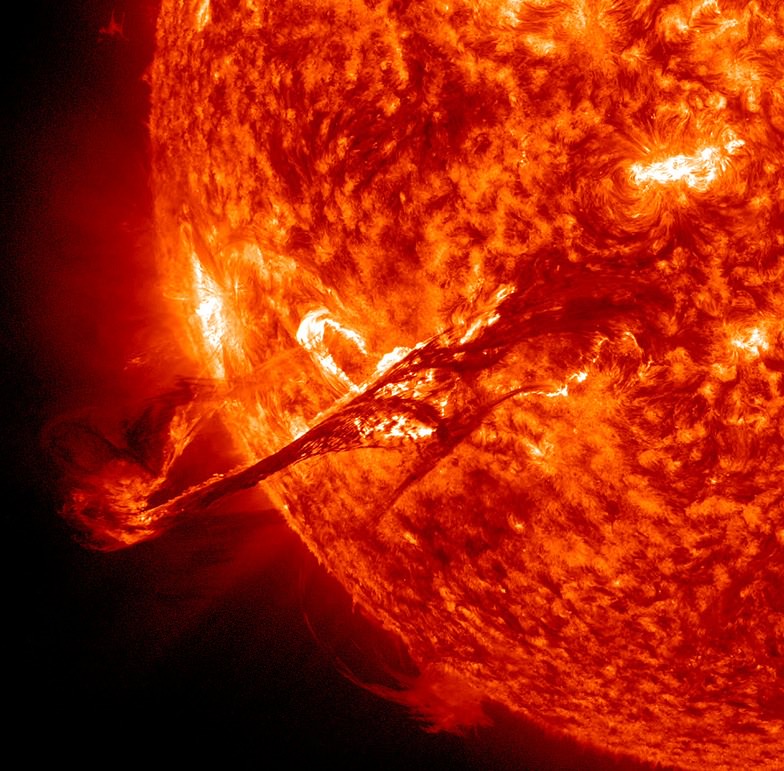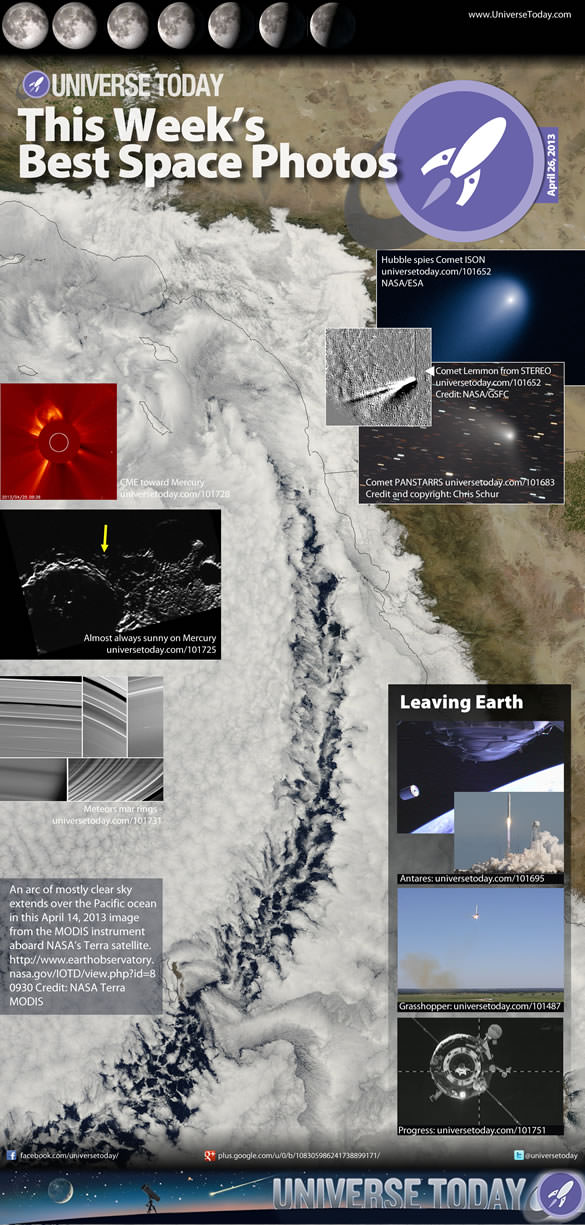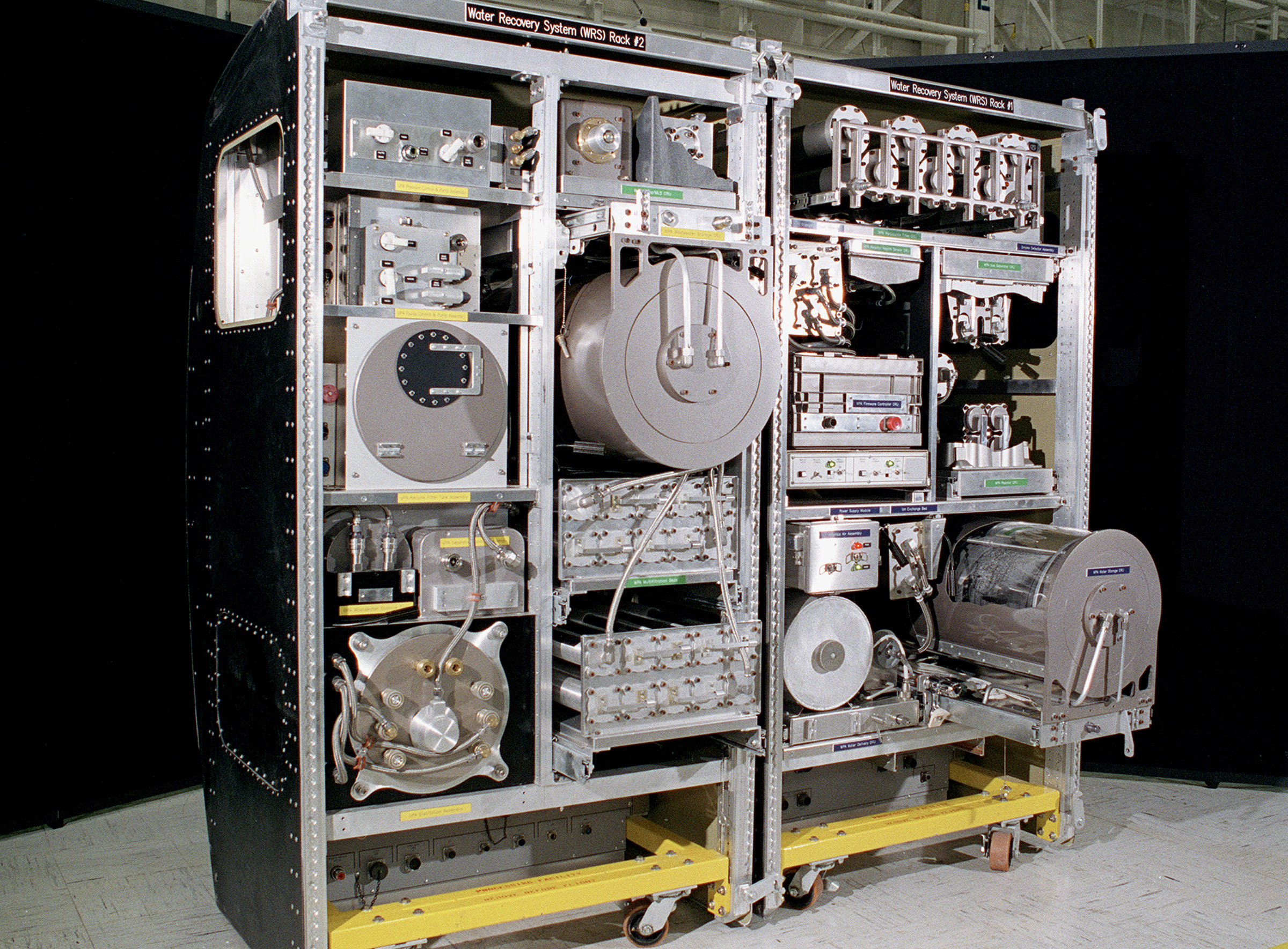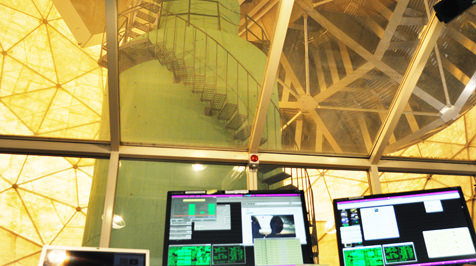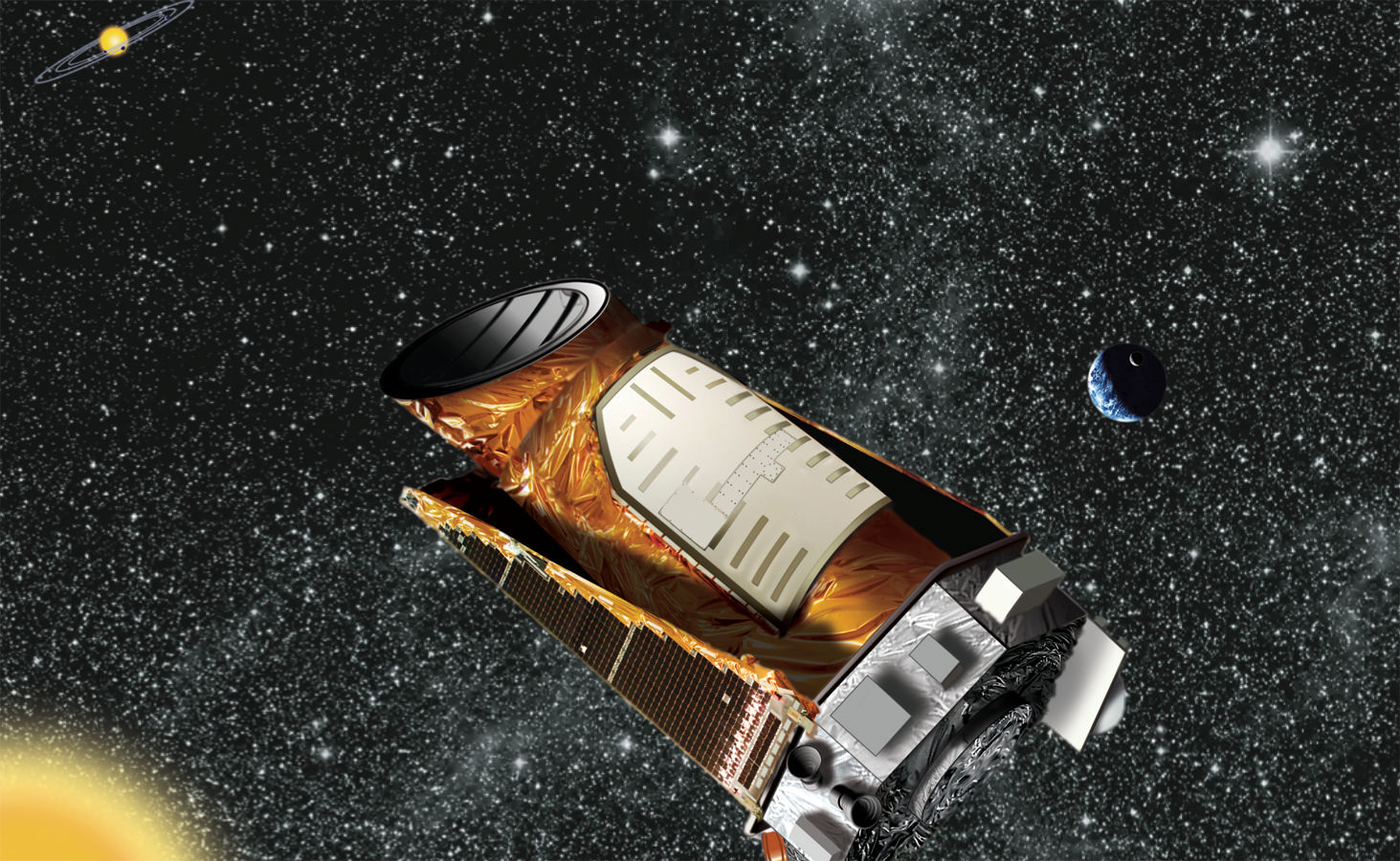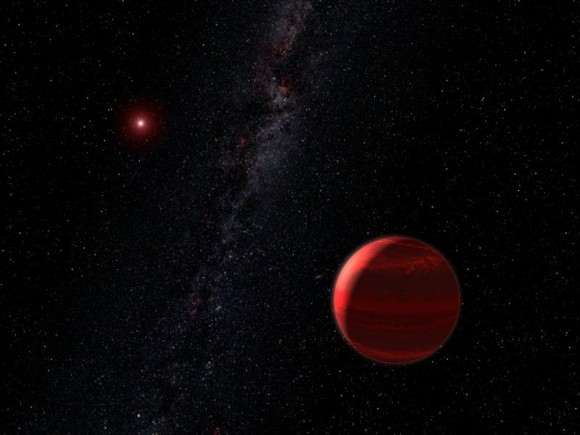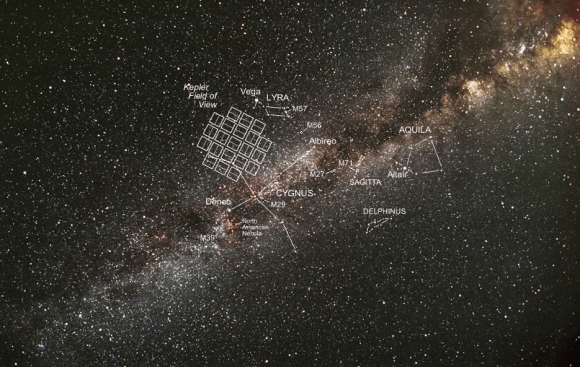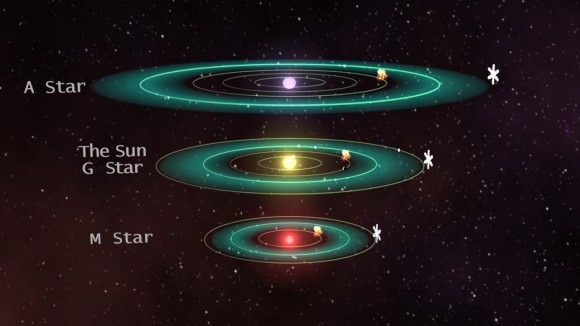Action is needed soon to remove the largest pieces of space debris from orbit before the amount of junk destroys massive amounts of critical space infrastructure, according to a panel at the Sixth European Conference on Space Debris.
“Whatever we are going to do, whatever we have to do, is an expensive solution,” said Heiner Klinkrad, head of the European Space Agency space debris office, in a panel this week that was broadcast on ESA’s website.
“We have to compare the costs to solving the problem in an early stage as opposed to losing the infrastructure in orbit in the not-too-distant future.”
The panel estimated that there is $1.3 billion (1 billion Euros) worth of space satellite infrastructure that must be protected. The 200 most crucial satellites identified by the space community have an insured value of $169.5 million (130 million Euros), Klinkrad added.
Critical infrastructure, though not specified exactly by the panel, can include communication satellites and military eyes in the sky. Also at risk is that largest of human outposts in space — the International Space Station.
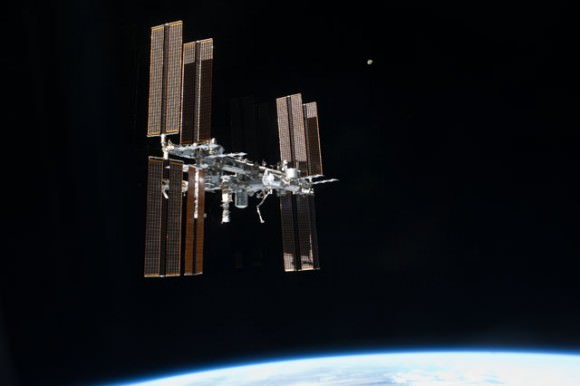
The conference concluded that without further action — even without launching any new rockets — it’s quite possible there could be a runaway effect of collisions producing debris within a few decades. Even a tiny object could act like a hand grenade in orbit if it smashes into a satellite, Klinkrad said.
A recent example of the problem: a piece of Chinese space debris smashed into a Russian satellite in March. It didn’t destroy the satellite, but altered its orbit.
To mitigate the situation, representatives suggested removing 5 to 10 large pieces of debris every year. They added they are uncertain about how soon a large problem would occur, but noted that the number of small objects is definitively increasing annually according to measurements done by the Walter Baade 6.5-meter Magellan Telescope.
“[It’s] something we haven’t know until now. We have been suspecting it is the case … this is a new result which is very important.”
While highlighting the risk, the European representatives of the panel added they are not standing idly by. Already, there are regulatory changes that could slow the problem for future launches — although there still will be cleanup to do from five past decades of space exploration.
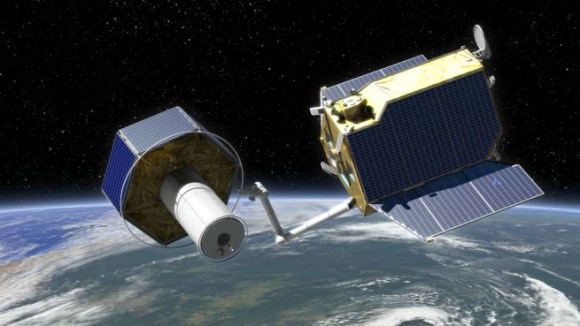
A few of the points brought up:
– German officials are working on an in-orbit satellite servicing solution called DEOS. “The DEOS project will for the first time demonstrate technologies for the controlled in-orbit disposal of a defective satellite,” Astrium, the prime contractor for the definition phase, wrote in a press release in 2012. “In addition, DEOS will practice how to complete maintenance tasks – refuelling in particular – that extend the service life of satellites.”
– France’s Parliament passed the Space Operations Act in December 2010. “Its chief objective is to ensure that the technical risks associated with space activities are properly mitigated, without compromising private contractors’ competitiveness,” French space agency CNES wrote on its website. “The government provides a financial guarantee to compensate damages to people, property or the environment.”
– A United Nations subcommittee of the Committee on the Peaceful Uses of Outer Space is working on space sustainability guidelines that will include space debris and space operations practices. More details should be released in June, although Claudio Portelli (a representative from Italy’s space agency) warned he did not expect any debris removal proposals to emerge from this work.
For more technical details on the space debris problem, check out the webcast of the ESA space debris conference.

